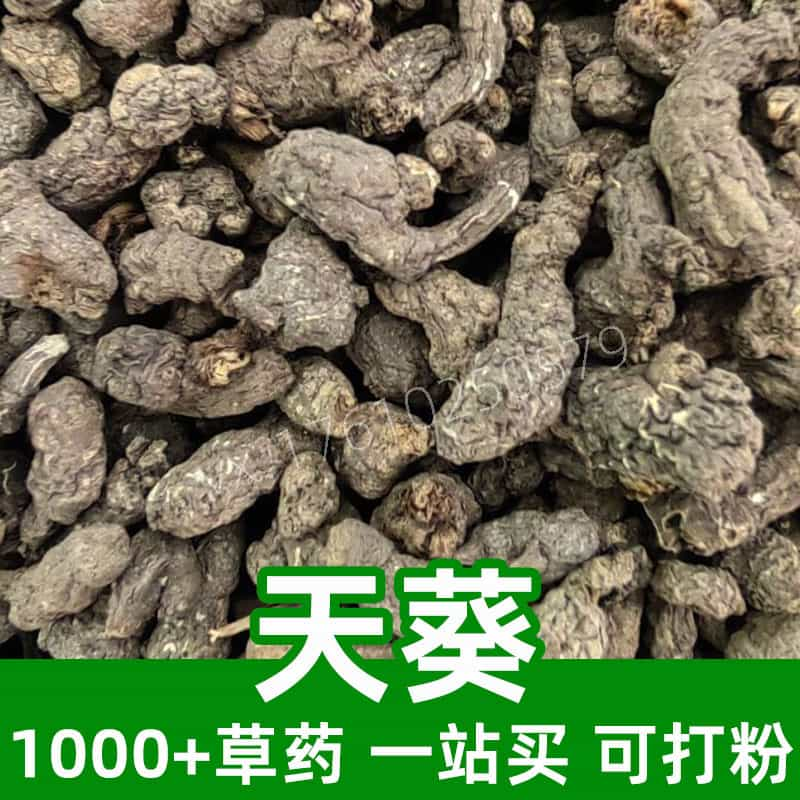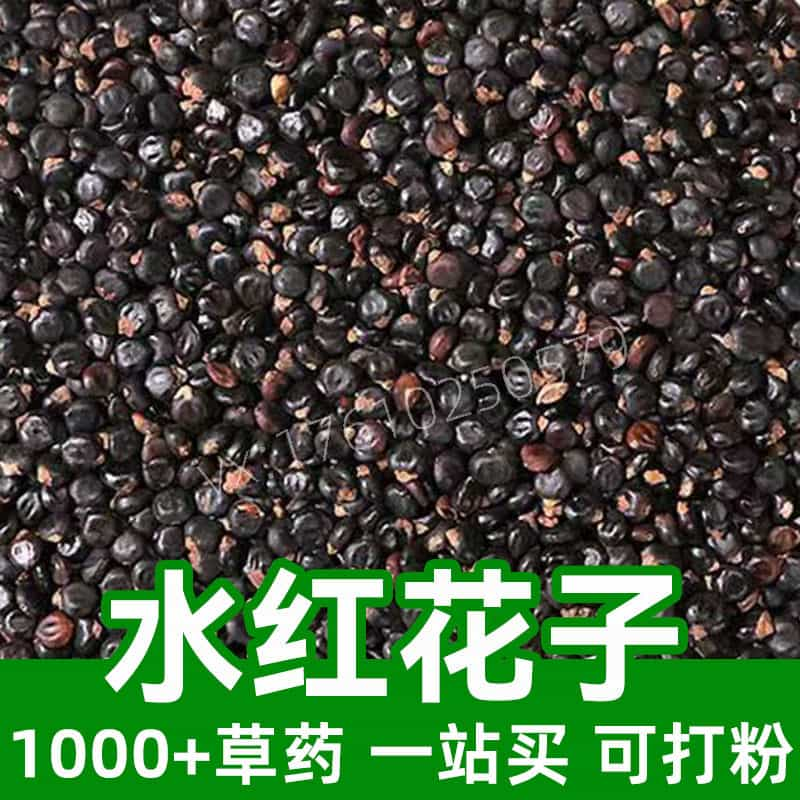Product Introduction
Cockscomb flower, or Celosia argentea, is more than just a visually striking plant; it is steeped in traditional Chinese medicine and culinary applications. Known for its vibrant, comb-like flower heads, this herb has a rich history in Asian cultures, often used not only for its ornamental characteristics but also for its nutritional benefits. Cockscomb is primarily composed of flavonoids, which are recognized for their antioxidant properties, polysaccharides that may promote general health, and proteins that contribute to nutritional value.
Traditionally, cockscomb flower is utilized in various food and wellness applications, from herbal soups to teas, highlighting its versatility. While the flower is admired for its beauty, its incorporation into dishes expands the flavor profile and adds a touch of health benefits. Furthermore, cockscomb has been recognized for its contribution to the decoration of traditional festivities, enhancing meals visually and sensorially.
As we delve deeper into its components, applications, and methodologies, we will discover the multifaceted uses of the cockscomb flower in both culinary and medicinal contexts, revealing why this herb has maintained its popularity across cultures and centuries.
Main Active Ingredients
Cockscomb flower is a treasure trove of bioactive compounds that contribute to its potential health benefits and culinary applications. The main active ingredients found in cockscomb flower include flavonoids, anthocyanins, polysaccharides, and various phenolic compounds, each playing a crucial role in its efficacy.
Flavonoids
Flavonoids are a class of phytonutrients known for their powerful antioxidant properties, which help combat oxidative stress and may support overall health. These compounds are responsible for the vibrant colors of the flower, with research suggesting that specific flavonoids can offer cardiovascular support and enhance overall vitality.
Polysaccharides
Another significant component, polysaccharides, adds to the nutritional profile of cockscomb flower. Known for their potential immune-boosting properties, these complex carbohydrates may promote gut health and improve digestive function. Polysaccharides in cockscomb can function as prebiotics, nourishing beneficial gut bacteria and supporting microbial balance.
Anthocyanins
The rich color of the cockscomb flowers is due to anthocyanins, a specific type of flavonoid. These compounds are studied for their anti-inflammatory effects and potential to support healthy blood circulation.
Proteins
Additionally, cockscomb contains proteins that contribute to its nutritional value. While not a primary source of protein, it offers essential amino acids that aid in various bodily functions, such as muscle repair and immune response.
Through a combination of these active ingredients, cockscomb flower serves as an impressive ally in the realm of natural remedies and culinary enhancements. Its broad spectrum of functional compounds is what makes it a valuable component of traditional practices and a flavorful addition to modern diets.
Product Application Scenarios, Usage, and Dosage
Cockscomb flower holds significant importance in traditional Chinese medicine (TCM) and culinary practices, enabling a variety of applications that showcase its versatility. Within TCM, it is often used as an ingredient in herbal formulations, believed to support emotional well-being and maintain a healthy flow of energy throughout the body.
In Traditional Chinese Medicine
In TCM, cockscomb flower is generally used to nourish the heart and calm the mind. It is brewed into herbal teas or incorporated into soups to create soothing beverages that are believed to promote tranquility. A typical dosage would entail using about 5–10 grams of the dried herb per serving in tea or soup, consumed once or twice daily, depending on individual needs and practitioner recommendations.
In Culinary Applications
Culinary-wise, cockscomb flower can be used dried or fresh to enhance various dishes. It is often added to salads, soups, and stir-fries for a touch of color and subtle flavor. When used in cooking, it’s common to include 1–2 teaspoons of dried petals per dish, allowing the bright hues to enliven both the visual appeal and flavor profile. Furthermore, cockscomb flowers can be steeped to create herbal infusions that serve as delightful beverages, accentuated with honey or other natural sweeteners.
Precautions
While generally recognized as safe for consumption, it is advisable for individuals to consult with a healthcare provider before incorporating cockscomb into their diet, particularly if they are pregnant, nursing, or have specific health conditions.
Through mindful incorporation into your culinary repertoire and wellness practices, cockscomb flower can serve not only as a flavorful ingredient but also as a means to embrace the wisdom of traditional herbal medicine.
Introduction to the Source Plant, Distribution, and Growth Environment
Cockscomb flower, scientifically known as Celosia argentea, is a remarkably diverse plant that grows predominantly in warm, tropical, and subtropical regions worldwide. It belongs to the Amaranthaceae family and is characterized by its unique and intricate flower formations that resemble a rooster’s comb, hence the name "cockscomb."
Natural Habitat and Distribution
Native to regions spanning Africa and Asia, cockscomb has been cultivated globally, adapting to a variety of climates. It thrives in well-drained soils, flourishing under full sunlight, which is essential for developing its vibrant colors and healthful components. Cockscomb is often cultivated in gardens for ornamental purposes and is commonly used in landscaping due to its bright, eye-catching appearance.
Growth Environment
Ideal growth conditions for cockscomb include rich, loamy soil with adequate drainage and a warm climate. It typically thrives in temperatures ranging from 20°C to 30°C (68°F to 86°F) and can be sensitive to frost. As the plant matures, it can reach heights of up to 60–90 cm (24–35 inches), supported by sturdy stems that hold its striking flower heads aloft.
Cultivation
In agricultural practices, cockscomb is often sown directly into warm soil or started indoors and later transplanted, enabling an extended growing season. Cultivators sometimes choose to grow this herb organically, promoting sustainable practices that align with traditional growing methods.
As the plant continues to gain popularity for its ornamental value and nutritional benefits, cockscomb flower enables a connection between natural beauty, cultural heritage, and health-oriented uses. Its resilience and adaptability affirm its esteemed position in both traditional and modern landscapes.
Harvesting, Processing, and Storage
Harvesting, processing, and storage are crucial processes that significantly influence the quality and therapeutic properties of cockscomb flower. To ensure that the flowers retain their potency and vibrant appearance, careful attention must be given to each step from cultivation to consumption.
Harvesting
When harvesting cockscomb flowers, it is essential to do so at the right moment—preferably when the flowers are fully blooming but before they begin to wilt. This timing ensures maximum phytochemical content and preserves the vivid colors associated with the herb. Using sharp scissors or garden shears, the flower heads should be cut cleanly at the base of the stem, allowing a few inches of stem to aid in handling.
Processing
Once harvested, the cockscomb flowers must be processed correctly to prepare them for use. This typically involves cleaning the flowers gently to remove any dirt or debris, typically through a light rinsing. The flowers can then be air-dried by hanging them in small bundles in a dark, well-ventilated area to prevent exposure to direct sunlight, which could degrade their color and beneficial properties. It is critical that the drying process is monitored to avoid moisture exposure, which can lead to mold growth.
Storage
Proper storage is vital for maintaining the quality of cockscomb flower after processing. Dried flowers should be stored in airtight containers, such as glass jars or vacuum-sealed bags, placed in cool, dry locations away from direct sunlight. When stored correctly, dried cockscomb flowers can retain their medicinal and culinary attributes for up to a year.
In addition to maintaining physical quality, it is advised to label containers with the date of harvest and preparation to ensure freshness. By following these best practices, cockscomb flower can continue to provide its flavorful and visual benefits in various culinary and health applications well beyond its harvest season.
This comprehensive understanding of harvesting, processing, and storage is fundamental for anyone looking to utilize cockscomb flower in their herbal or culinary endeavors, underscoring the importance of preserving its natural attributes.
Monica Sun is a seasoned expert in the natural raw materials industry, with over a decade of experience specializing in traditional Chinese medicinal herbs, spices, and fungi. She is skilled in the sourcing, processing, and application of these materials, emphasizing sustainability and innovation. Monica Sun has contributed to the development of high-quality natural raw materials that serve as essential components in functional foods, pharmaceuticals, and cosmetics, delivering tailored solutions to meet diverse market needs.












